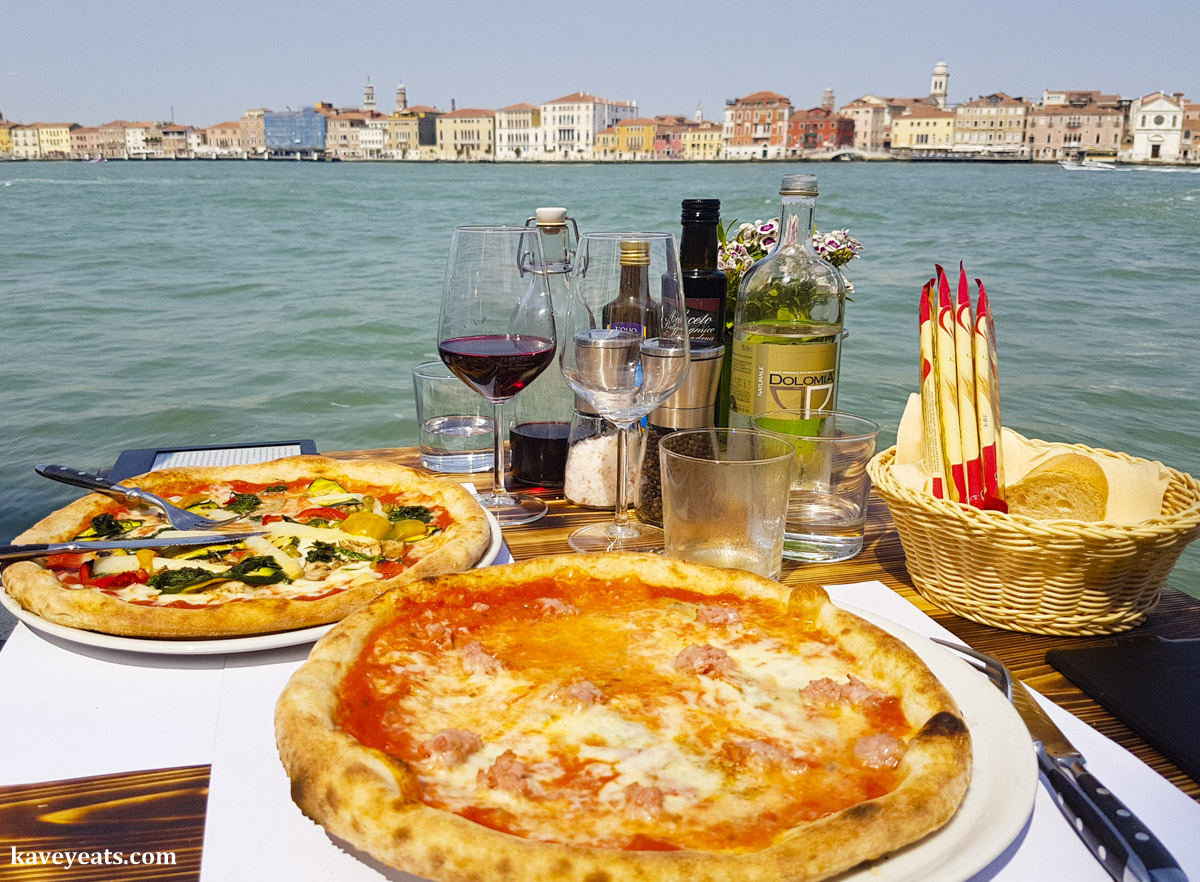Hello ladies and gents this is the Viking telling you that today we're talking about
Venetian cuisine
Venetian cuisine, from the city of Venice, Italy or more widely from the region of Veneto, has a centuries-long history and differs significantly from other cuisines of northern Italy (notably Friuli-Venezia Giulia and Trentino-Alto Adige/Südtirol), of neighbouring Austria and of Slavic countries (notably Slovenia and Croatia), despite sharing some commonalities.
Food and drink have played an important role in Venetian culture for centuries. This image shows a 16th-century fresco in the Villa Caldogno, where some noblemen and noblewomen enjoy merenda, or a mid-afternoon snack, eating bussoli, or typical sweets from Vicenza.
Cuisine in Veneto may be divided into three main categories, based on geography: the coastal areas, the plains, and the mountains. Each one (especially the plains) can have many local cuisines, each city with its own dishes.
The most common dish is polenta, which is cooked in various ways within the local cuisines of Veneto. Polenta once was the universal staple food of the poorer classes, who could afford little else. In Veneto, the corns are ground in much smaller fragments in comparison with the rest of Italy: so, when cooked, it resembles a pudding.
Typical of many coastal areas, communities along the coast of the Laguna Veneta serve mainly seafood dishes.
In the plains it is very popular to serve grilled meat (often by a barbecue, and in a mix of pork, beef and chicken meat) together with grilled polenta, potatoes or vegetables. Other popular dishes include risotto, rice cooked with many different kinds of food, from vegetables, mushrooms, pumpkin or radicchio to seafood, pork meat or chicken livers.
Bigoli (a typical Venetian fresh pasta, similar to Udon), fettuccine (hand-made noodles), ravioli and the similar tortelli (filled with meat, cheese, vegetables or pumpkin) and gnocchi (potatoes-made fresh pasta), are fresh and often hand-made pasta dishes (made of eggs and wheat flour), served together with meat sauce (ragù) often made with duck meat, sometimes together with mushrooms or peas, or simply with melted butter.
Cuisine from the mountain areas is mainly made of pork or game meat, with polenta, as well as mushrooms or cheeses (made by cow milk), and some dish from Austrian or Tyrolese tradition, such as canederli or strudel. A typical dish is casunziei, hand-made fresh pasta similar to ravioli.
And as always have a chilled day from the Viking

Comments
Post a Comment